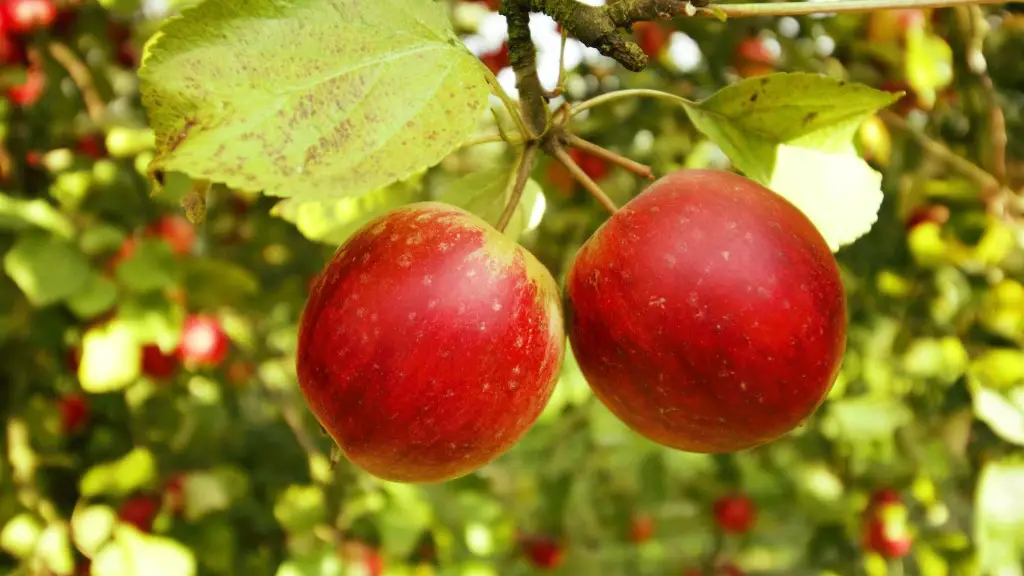Tender Care
A well-cared-for palm tree can be an impressive addition to any garden. Palm trees are fairly low maintenance, but like all plants, they can die if they don’t get the care they need. Fortunately, reviving a palm tree can be an achievable goal.
How to Revive Palm Tree Plant
- Sun Exposure:Palm trees need at least five hours of direct sunlight a day to flourish. If your palm tree isn’t getting enough sun, move the pot to a spot where it will receive more. However, make sure to protect it from the direct sun for the first few weeks if it has been in the shade for an extended period.
- Water and Soil: A regular watering schedule and rich soil are essential for reviving a palm tree. Palms should not be overwatered and should only require a light watering when the top 2-3 cm of soil has dried out. If the soil is compacted, consider repotting. Adding fertilizer to the soil can also help to revive a tired palm tree.
- Pruning: Pruning dead or dying leaves or foliage can help to revive a palm. Trim away any yellow or wilted leaves as they appear and remove unwanted or dead fronds as soon as possible. Over-pruning can damage a palm tree, so be sure to prune only what is necessary.
- Temperature: Palms thrive in warm, humid environments and prefer temperatures between 18 and 28 degrees Celsius. If your palm tree has been exposed to extreme temperatures, it can be difficult to revive it. Consider protecting the plant with a cover in cold months or moving it to a warm location during summer.
Palm trees need tender care and attention in order to revive and achieve their best potential. It is important to monitor changes in water, soil, sun exposure and temperature to maintain the health of your palm tree. Regular inspection and pruning are also recommended in order to keep the palm tree healthy and vibrant.
Diagnosing Palm Tree Problems
A dead or dying palm tree can be caused by a number of factors – from pests to poor soil conditions and water deficiency. It is important to accurately diagnose the cause of the problem in order to determine the best course of action for reviving a palm tree.
Common problems such as root rot, nutrient deficiency and fungal infections can often be treated with fungicides and other treatments. However, if the problem is more severe, it may be necessary to contact a professional arborist for advice.
Preventing further Damage
Preventative measures are key to preventing palm tree problems. Ensure the tree is planted in well-draining soil and exposed to the right amount of sunlight and humidity. Regularly check the tree for pests or diseases and contact a professional arborist if necessary.
Make sure to water the palm tree only when necessary and add fertilizer to the soil once a year. Prune wasted or dead leaves and fronds as soon as they appear, and inspect the roots regularly.
Palm Tree Growth
Providing the right conditions for your palm tree can help to ensure it grows and thrives. Generally, palms grow best in temperatures between 18 and 28 degrees Celsius and should be placed in full sun with plenty of air circulation.
Palm trees prefer well-draining, nutrient-rich soil and should be watered once a week, more often during periods of drought. Fertilizer should be added once a year and may be increased depending on the size of the tree. Pruning should be done once a month to promote growth and remove dead fronds.
Protection from the Elements
Protecting a palm tree from extreme temperatures and harsh weather is essential. Palms should be covered in winter and moved to a warm location or sheltered area in summer. Make sure to also check for signs of root rot or insect infestations as they can cause damage to the palm.
Monitor the tree regularly and contact a professional arborist if necessary. Good hygiene is key to preventing diseases and insects from attacking your tree. Make sure to remove any dead or dying fronds or leaves as soon as they appear.
Organic Solutions
Organic solutions such as neem oil, vinegar and other home remedies can help to revive a tired palm tree. Neem oil is effective against fungal diseases and root rot and can be used as a preventative measure against future problems. Vinegar and other home remedies can be used to help revive a potted palm tree.
Organic solutions are often gentler on the environment and less likely to disrupt the natural balance of a palm tree than chemical treatments. However, be sure to carefully read the instructions before using them and contact a professional for advice if necessary.
Conclusion
Reviving a palm tree is achievable with the right care and attention. Providing the right sun exposure and environment, along with well-drained soil and regular watering and pruning, can help to revive a tired palm tree. Common diseases and pests can be combated through organic solutions and preventative measures. Monitor the palm tree regularly and contact an arborist if necessary. With proper care, a palm tree can be a stunning and impressive addition to any garden.


